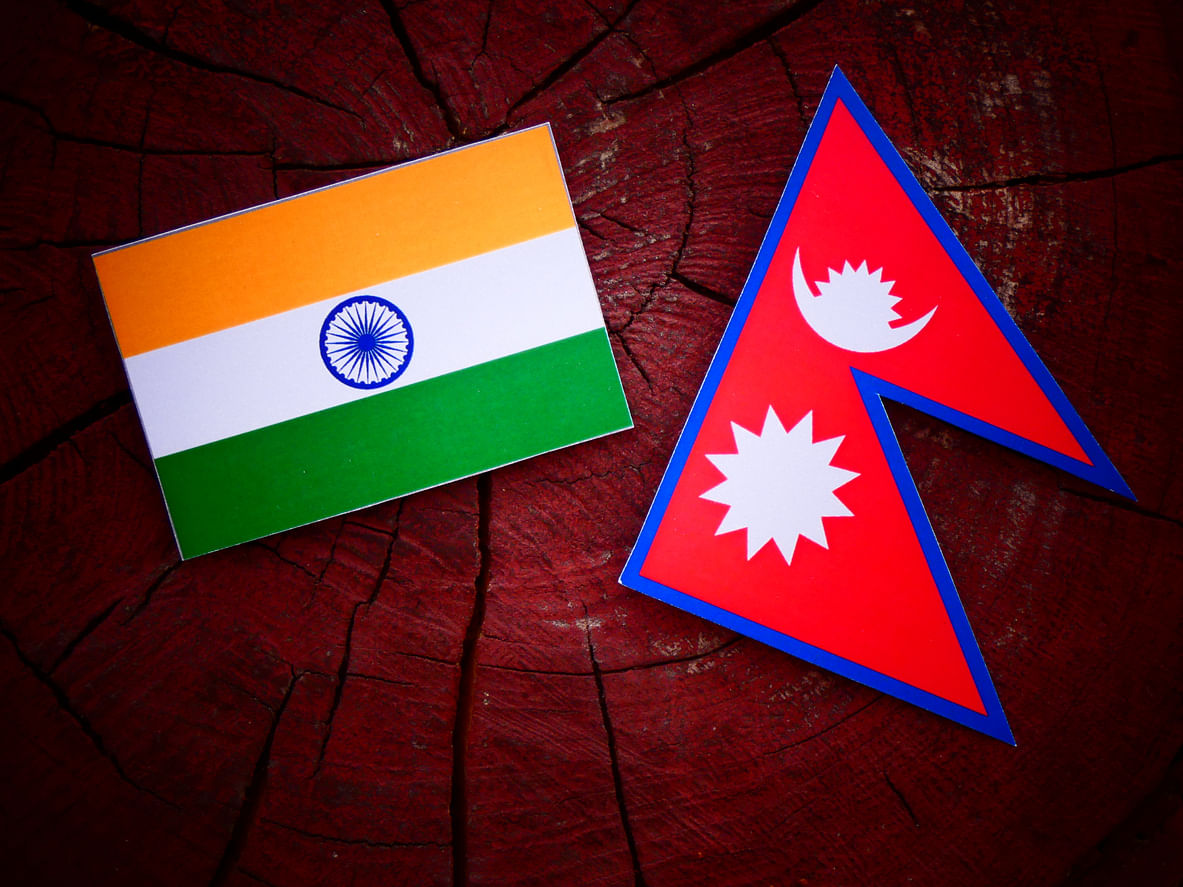
As the upper house of Nepal’s Parliament too is now set to endorse the new map its government-issued showing within its territory nearly 400 sq. km of areas claimed by India, it is now going to be difficult for New Delhi to work with Kathmandu to find a middle ground and settle the territorial dispute.
The National Assembly—the upper house of Nepalese Parliament – on Sunday accepted the proposal to consider the Bill to amend the country’s Constitution to endorse the new map, which included the territory claimed by India – Lipulekh Pass, Limpiyadhura and Kalapani.
The lower house – House of Representatives – already passed the Bill on Saturday. Once the National Assembly too passes the Bill early next week and President Bidya Devi Bhandari gives her ascent to it, Nepal’s boundary with India as shown in the new map will be its official claim-line, which the future governments led by the successors of Prime Minister K P Sharma Oli will find it difficult to scale back.
The conflicting territorial claim is thus going to be an irritant in New Delhi’s relations with Kathmandu for quite a long time and that is what will give an advantage to China, which has since long been competing with India for geopolitical influence in Nepal.
The setback for New Delhi could not have at a worse time. The stand-off along India’s disputed boundary with China in eastern Ladakh is yet to be resolved. China is likely to keep supporting Pakistan’s attempts to internationalise the dispute with India over Jammu and Kashmir (J&K), just as it tried to do after Prime Minister Narendra Modi’s government moved to strip the state of its special status and reorganised it into two Union Territories on August 5, 2019.
Islamabad in fact already rushed to take advantage of the renewed focus on India’s border stand-off with China, accusing New Delhi of pursuing expansionist aspirations.
The downslide in its ties with Nepal is also a setback for India’s recent move to reassert its leadership in the SAARC (South Asian Association for Regional Cooperation). Kathmandu had extended its support to New Delhi when the Modi Government had decided to opt-out of the SAARC summit in Islamabad in 2016 to protest a series of terror attacks launched from Pakistan targeting military facilities in India.
Oli had also supported Modi’s move earlier this year to mobilise the SAARC to work out a regional response to deal with the COVID-19 pandemic, despite derailing attempts by Imran Khan’s government in Islamabad.
During a phone-all on April 10, Oli had in fact lauded Modi for taking the initiative in coordinating the SAARC’s response to the pandemic.
A month later, Nepalese Prime Minister, however, decided to ratchet up his country’s territorial dispute with India and take a hard line – apparently after being nudged by China’s envoy to Nepal, Hou Yanqi, who helped save his government and brokered a truce between him and the ruling Nepal Communist Party’s other leader, Pushpa Kamal Dahal a.k.a. Prachanda.
